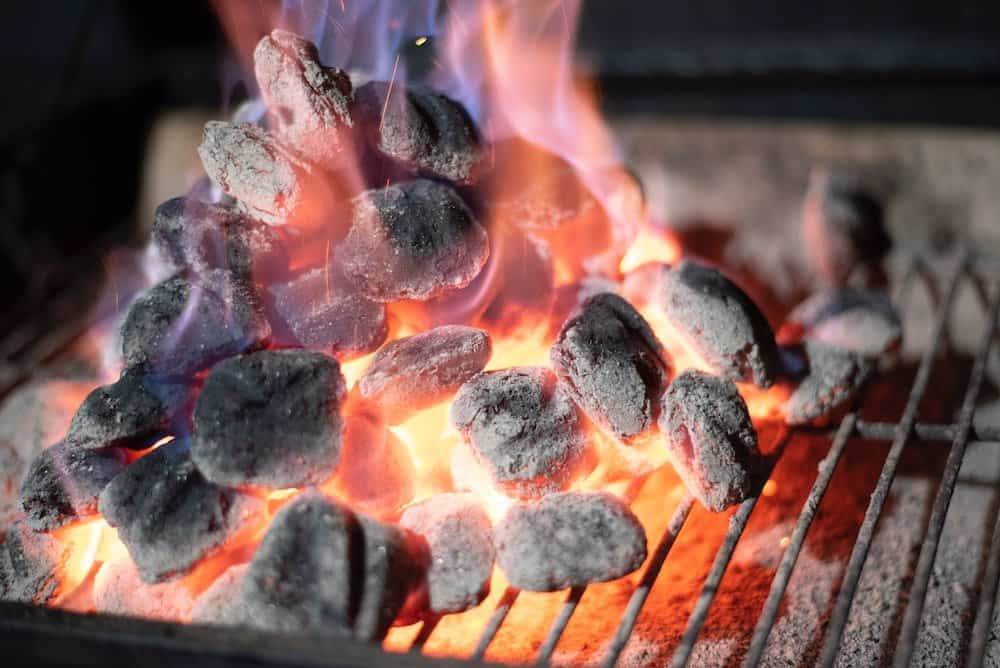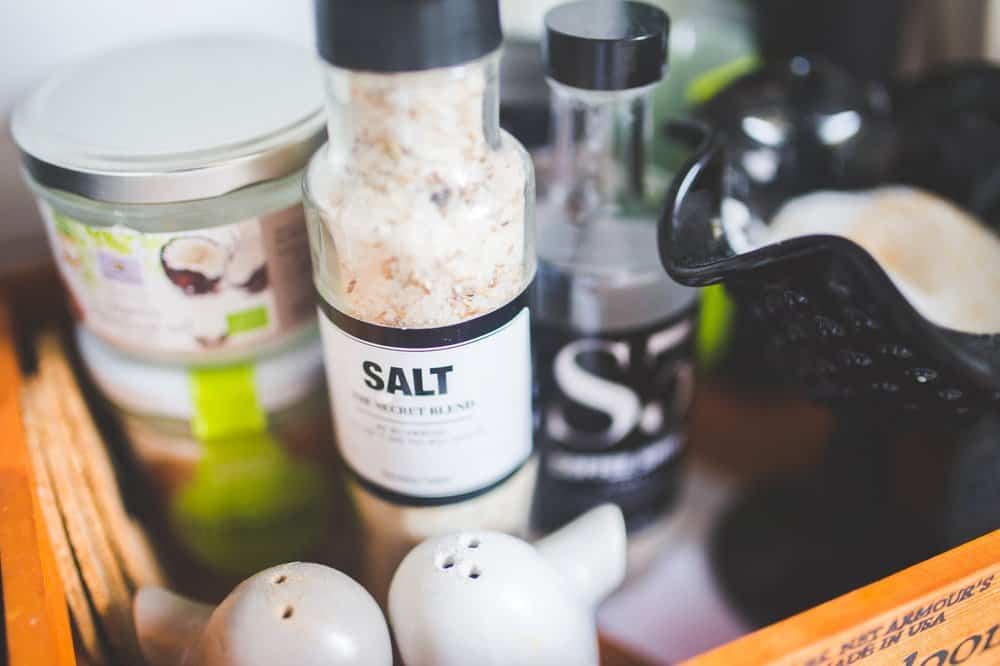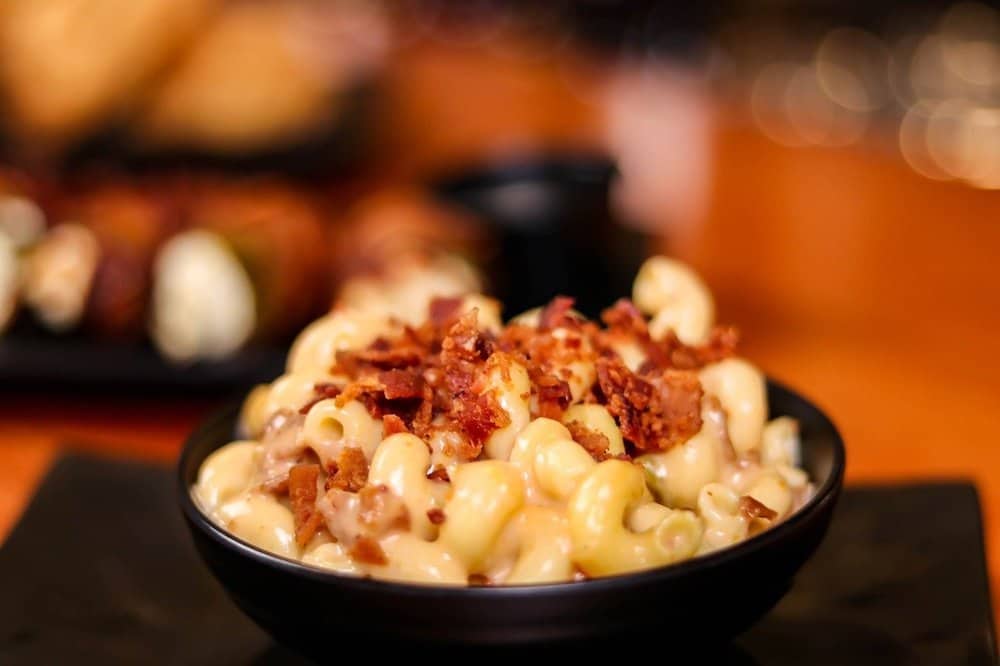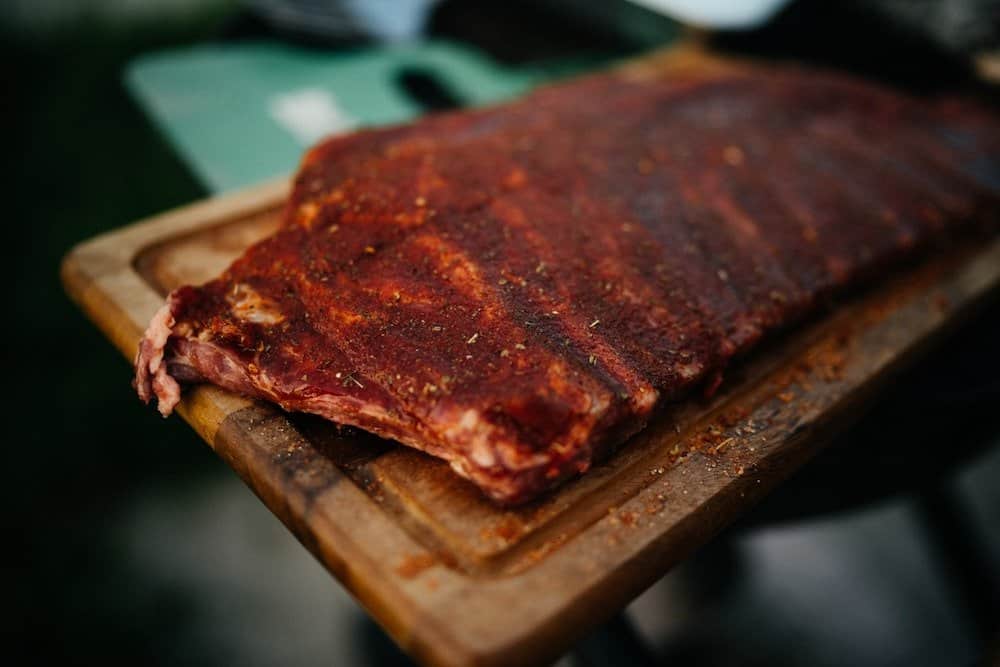While digging your spoon into the gooey, creamy, smooth, and crunchy at the same time, have you ever wondered who invented this casserole, now a well-known American staple food. Mac and Cheese is an all-time favorite for all age groups and is a good source of protein at the lowest budget.
When asked, people usually name mac n cheese as a classic American food. However, let us look into a brief history of this mouth-watering dish and how it made its way to the American kitchen.
Without any further delay, let’s dive into it!
How Mac And Cheese Invaded America
While the Americans love it, this classic dish did not originate in the U.S. Researchers found that historians first discovered casserole recipes of pasta and cheese in the cookbooks of the 14th century comprising the French Forme of Cury and the Italian Liber de Coquina. These recipes gained popularity throughout Europe and particularly in France, Italy, and England through cheese and pasta casseroles.
However, some sources connect the dish to U.S. President Thomas Jefferson, who has reportedly tasted the dish back in Paris. After that encounter, he introduced the recipe back home.
There are also reports that he was working to build a device to produce macaroni, but he actually imported Parmesan cheese and noodles for a state dinner in 1802 as he wanted to serve the dish there. Macaroni and cheese began to gain traction with the public. Jefferson’s love of the dish and its position on such a significant table was an inspiration to many Americans. Eventually, mac and cheese love came into being.
Where Did The Cheese Originate?
For the longest time, America’s food system searched for the ‘cheapest protein possible.’ This is a crucial point to understand the creation and eventual evolution of the American staple Mac and Cheese. The cheese itself also has a common progression. The production of cheese, which began 10,000 years ago, was initially concerned with the survival of an agricultural community or family: taking unpreserved protein (milk) and making it more edible (cheese) in order to be consumed later.
Today, most of us consider cheese with regard to our family farms’ heritage, taste, or survival. However, the primary aim was – regardless of whether a producer was making cheeseless Velveeta or farmed cheddar –to get as much nutrition as possible out of a gallon of milk. This hasn’t always been a win for cheesemakers because the final product was susceptible to maggots, rot, and mold, besides other drawbacks like extra salt. Numerous generations of cheesemakers have dumped numerous bad batches, which involved feeding their farm animals useful protein rather than their own families.
Even with salt applied, due to warm climates, cheesemakers prepared fresh batches and processed them daily. Ancient documents of Roman literature demonstrate how Romans often loved cheese. They had a wide selection of cheeses, and Roman society considered cheese making to be an art form. They also supplied the Roman legions with hard cheese.
The term cheese derives from caseus, a Latin word, whose root refers to the proto-Indo – European root was, which actually means to become sour or ferment.
European Cheese
As cheese production expanded into colder northern Europe climates, they needed lesser salt for processing, resulting in a spongier, milder type of cheese. The discovery of aged, mature, as well as blue cheeses, happened in these colder conditions. In the Middle-Ages, most forms of cheeses we know today (cheddar, camembert, parmesan, Gouda) were first made in Europe.
Modern Cheese
Until 1815, when the first cheese plant was established, mass processing of the cheese did not occur in Switzerland. Shortly after, researchers figured out how to produce cheese out of rennet, and the widespread industrial cheese production took place.
Pasteurization resulted in safe cheese production and reduced the risk of measles brucellosis, salmonellosis, and listeriosis. However, outbreaks still take place because of raw milk cheese and expecting women are warned by consuming soft cheeses.
Cheese processing was a convenient way to prepare food for soldiers who were away at war and when there was surplus food in the market and excess cheese to sell. For people who didn’t have refrigerators, cheese served as a great source of protein.
Production Of Cheese In America
In 1851, cheddar was one of the first foods affected by the Industrial Revolution, and the U.S.’s first cheese factory came about. Earlier all American-made cheese, usually from the farm’s wife or on prosperous farms, was manufactured at farmhouses by a Cheese man or slave woman. As food production underwent industrialization, the process moved from women to men, and the same happened with cheese.
The cheese industry has advanced technologically since the last few decades. This explains the popularity of mac and cheese.
The Evolution In The Recipe If Mac And Cheese
In the past, people prepared mac and cheese with a puff pastry lining, and an egg yolk and cream sauce with cheese grated over it. The most famous recipe ditch today is the pastry. Other places use some different pasta cuts such as conchiglie, penne, gnocchi, or fusilli.
Today, U.S. cuisine has come up with multiple choices when it comes to cheese flavors. Many consumers prefer Brie, Parmesan, Gouda, Gruyere, and other strongly seasoned cheeses.
Some restaurants have breadcrumbs or crackers on top of this dish. Speaking of this, the addition of crumbs adds texture, which, in turn, keeps the top portion of macaroni from drying up.
Like many foods, the production and usage of macaroni and cheese vary from that of white culture and the African American one. Adrian Miller, a food historian, pointed out that while the popularity of macaroni and cheese in the U.S. is often recalled by Thomas Jefferson, James Hemmings, his black-slave chef, was the actual person to cook it. Jefferson only gave its popularity by serving evening dinners on important tables and special occasions such as festivals in Antebellum South.





